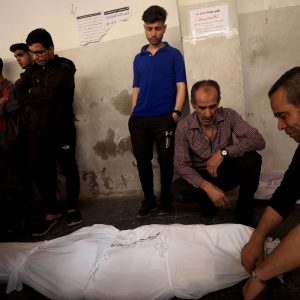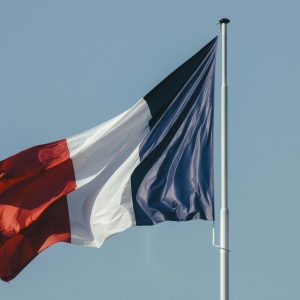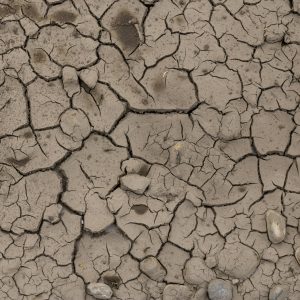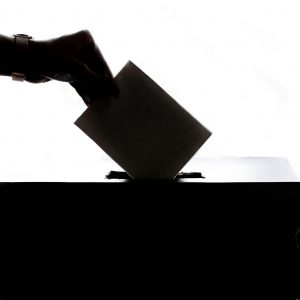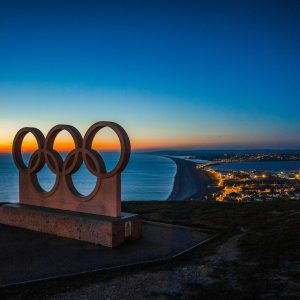Symbols of Belgian colonization in Africa still stand
BRUSSELS (AA) – Belgium colonized the present-day Democratic Republic of Congo (DRC) during the reign of King Leopold II, who remained on the throne from 1865 to 1909 and declared himself the private owner of the territory three times larger than his homeland, calling it “Congo Free State” and enjoying the recognition of heavyweight Western countries.
The Belgian king never set foot in the colony, where scores of Africans were subject to years of oppression through a forceful and deadly labor campaign.
In a bid to prove himself a good king to his subjects, Leopold II used some of the riches he extracted from the Congo in building landmarks in Belgium, many of which are still standing, though some people argue that they represent the ghost of Leopold II still lingering in Belgium.
Museums ‘exhibiting’ Africans
Leopold II had the Palace of Colonies built in the town of Tervuren near Brussels. It then was renamed the African Palace and is now a museum.
He had commissioned the building to host the Brussels International Exposition held in 1897. The colonial section of the expo was held in the building where artwork, cultural assets, and riches brought from the Congo were put on display.
A total of 267 Africans brought from the Congo were “exhibited” in three villages in the area which Belgians would visit to observe them behind a wire fence.
Leopold’s primary motivation was to use the project as a propaganda tool and make colonization appealing for investors, while also seeking to build public opinion in Belgium to demonstrate his virtues as a leader.
Belgium confronts colonial past
Many of Leopold’s statues and busts are still on display in various parts of Belgium. However, some of them were removed 111 years after his death due to anti-racism demonstrations in 2020.
During the protests, some demonstrators damaged artwork dedicated to the former Belgian king. Their stance against the country’s colonial past prompted the government and current King Philippe to take action.
Philippe said he “deeply regretted” the pain and suffering his country caused in the DRC, becoming the first Belgian king to make such remarks. He personally went to the DRC in June, for his first visit to the country since ascending to the throne.

